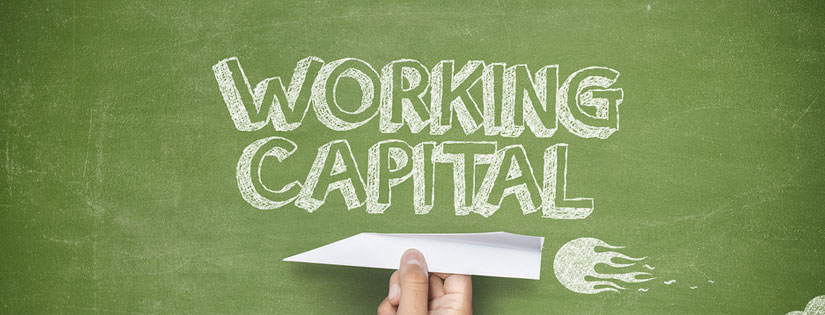
Working capital is commercial, financial jargon that is crucial to the success of your business. It’s an important concept for you to understand and monitor to help you run your business. We discuss everything you need to know about working capital and the level required to set you up for commercial success.
What is working capital?
In general terms, working capital is the funds that are readily available for you to use in your business. It shouldn’t be confused with the balance of your business bank account, though those funds can form part of your working capital.
Working capital is a broader concept than just the business cash you have available to spend. It includes any assets that will soon become cash, or that can be easily converted into cash. On the flip side, it also considers any payments that you need to make or any expenses that you will have within the next 12 months.
How to calculate working capital
In financial jargon terms, working capital is the difference between your current assets and your current liabilities. Working capital is calculated by simply subtracting current liabilities from current assets (net working capital = current assets – current liabilities).
What factors influence your level of working capital?
Examples of current assets that increase your amount of working capital include:
- Your business bank account balance.
- Accounts receivable balances you may have (i.e. customers/debtors who owe you money if you offer credit terms like 30-day accounts).
- Stock on hand (inventory) that’s available for you to sell.
- Any other liquid assets you may have that can be converted into cash (e.g. shares, term deposits, etc).
Examples of current liabilities that reduce your working capital include any amounts that you owe, such as:
- Accounts payable balance you may have (i.e. creditors who you need to pay).
- Upcoming wages that you need to pay staff.
- Tax payable.
- Any other upcoming payments (e.g. loan repayments) or expenses.
How can working capital help you run your business?
The level of working capital that you have directly affects your ability to cover your day-to-day operating expenses and repay any short-term debts that you have. It therefore reflects the short-term financial health of your business.
Without working capital, it’s impossible for a business to grow. Often, if a business owner is looking to invest in the business to set up themselves up for growth and expansion, they use working capital to hire more staff, upgrade equipment or invest in marketing. If they do not have enough working capital for their business goals, it may be possible to borrow it in the form of commercial finance like a business loan or overdraft facility.
Is working capital the same as cash flow?
No, they are different concepts, though your amount of working capital is significantly influenced by your cash flow. Your cash flow is the timing of your business income and expenses. When your cash inflows are higher than your cash outflows, your level of working capital will increase (and vice versa).
Your level of working capital can be thought of as a value at a specific point in time, while your cash flow is your cash inflows and outflows over a specific period (e.g. weekly, monthly, quarterly, half-yearly or yearly). Ideally, your cash flow should generally be positive, though there may be times when it is negative due to the timing of your inflows and outflows. An ongoing negative cash flow can threaten the viability of your business.
What is a healthy amount of working capital?
Working capital amounts are usually analysed by using a simple ratio where you divide the total amount of current assets listed on your business balance sheet by your total current liabilities.
For example:
- If you have $20,000 worth of current assets and $10,000 worth of current liabilities, your working capital ratio would be 2 (i.e. $20,000 divided by $10,000).
- If you have $20,000 worth of current assets and $15,000 worth of current liabilities, your working capital ratio would be 1.5.
- If you have $20,000 worth of current assets and $20,000 worth of current liabilities, your working capital ratio would be 1.
- If you have $20,000 worth of current assets and $25,000 worth of current liabilities, your working capital ratio would be 0.8. This is negative working capital which indicates the business cannot pay it’s debts.
A healthy working capital ratio is generally considered to be between 1.2 and 2.
If you have a working capital ratio less than 1.2, this can threaten your ongoing ability to cover your business operating expenses.
On the other hand, if you have a working capital ratio higher than 2, you might be able to get a better return on your funds by investing them into growing your business or into other assets or investments.
Accessing working capital
If you are looking for working capital for your business, check out the range of business loans, credit cards and overdrafts we compare.






